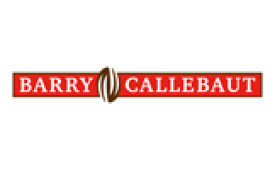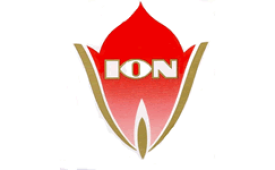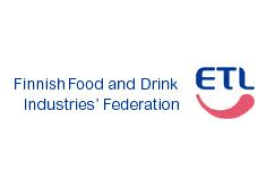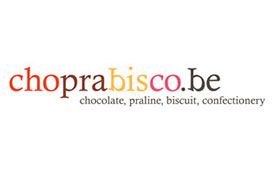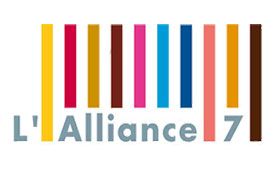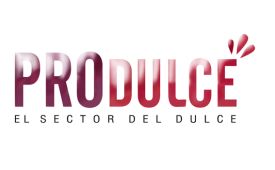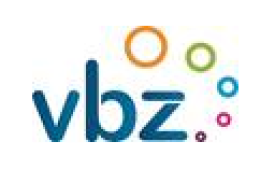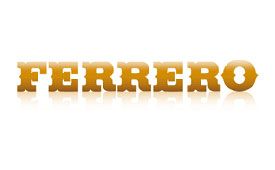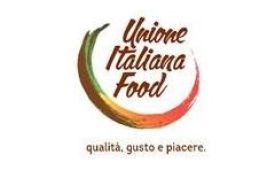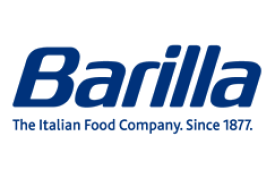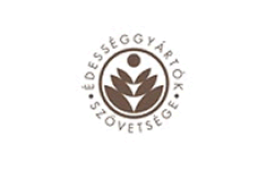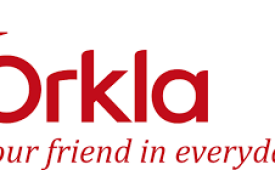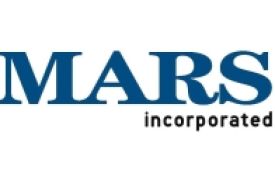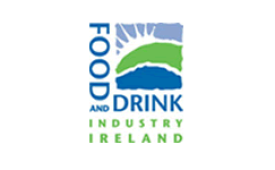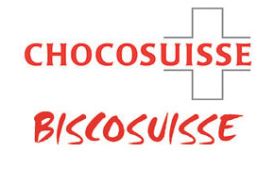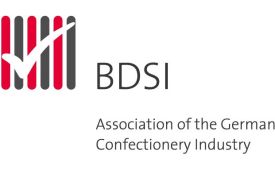May 07,2019 - PRO: CEN ISO – First International Standards for sustainable and traceable cocoa just published
Cocoa is a tricky business. The prime ingredient in one of the world’s favourite treats, chocolate, the humble cocoa bean, is a difficult crop to cultivate. What’s more, it is mostly grown on smallholder farms in regions of the world that lack adequate infrastructure and offer poor living conditions. The sustainability of cocoa production, therefore, is a concern. The publication of the ISO 34101 series of standards on sustainable and traceable cocoa provides a valuable tool to support farmers in their journey towards prosperity and sustainability.
Developed by stakeholders from all sectors of the cocoa industry, including representatives from both countries where the cocoa is grown and markets where it is consumed, the ISO 34101 series aims to encourage the professionalization of cocoa farming, thus contributing to farmer livelihoods and better working conditions. It covers the organizational, economic, social and environmental aspects of cocoa farming as well as featuring strict requirements for traceability, offering greater clarity about the sustainability of the cocoa that is used.
ISO 34101-1, Sustainable and traceable cocoa – Part 1: Requirements for cocoa sustainability management systems, aims to help users implement effective practices to allow them to continually improve their business. Part 2, which deals with performance requirements, specifies economic, social and environmental criteria, while Part 3 contains the requirements for traceability of sustainably produced cocoa. Part 4 is aimed at certification scheme owners, certification bodies and all those seeking conformity to the ISO 34101 series. It also provides a starting point for farmers new to the concept of sustainable cocoa production, allowing time to progressively fulfil the requirements of Part 1 as experience is gained.
The ISO 34101 series was developed by ISO in collaboration with the European Committee for Standardization (CEN) under its technical committee CEN/TC 415, Sustainable and Traceable Cocoa, whose secretariat is held by DS, ISO’s member for Denmark, along with ISO technical committee ISO/TC 34, Food products, subcommittee SC 18, Cocoa, which is jointly managed by ISO’s members for Ghana (GSA) and the Netherlands (NEN).
Delegates from around the globe gather for one of the meetings of CEN/TC 415 and ISO/TC 34/SC 18.
Jack Steijn, Chair of both CEN/TC 415 and ISO/TC 34/SC 18, said the multi-stakeholder development process for the ISO 34101 series was extremely positive for the sector and will benefit the lives of the cocoa farmers, contribute to greater respect for the environment, and provide confidence to consumers that their chocolate comes from cocoa that has been grown sustainably.
“The series will enable farmers and farmer organizations to benefit from strategically addressing issues that threaten their sustainability by using approaches put forward by experts from all over the world,” he said.
“By introducing the Cocoa Farm Development Plan, a key element of the standard, cocoa farmers will be able to assess whether or not they will benefit from moving to sustainable production.”
“Then, if they choose to meet the requirements of the standards, they will be in a better position to develop into economically viable entrepreneurs.”
MacMillan Prentice, Twinned Committee Manager of ISO/TC 34/SC 18, added: “While a range of positive schemes and initiatives aimed at improving the sustainability of cocoa farming already exist, this standard aims to set a benchmark to which other programmes may align for the benefit of all.”
“Part 4 of the series helps to level the playing field for certification to sustainability in the sector, as it provides clarity on the requirements for certification schemes and certification bodies, something that did not exist before.”
The ISO 34101 series is available from your national ISO member or through the ISO Store.
Please find the article on the ISO website: https://www.iso.org/news/ref2387.html
